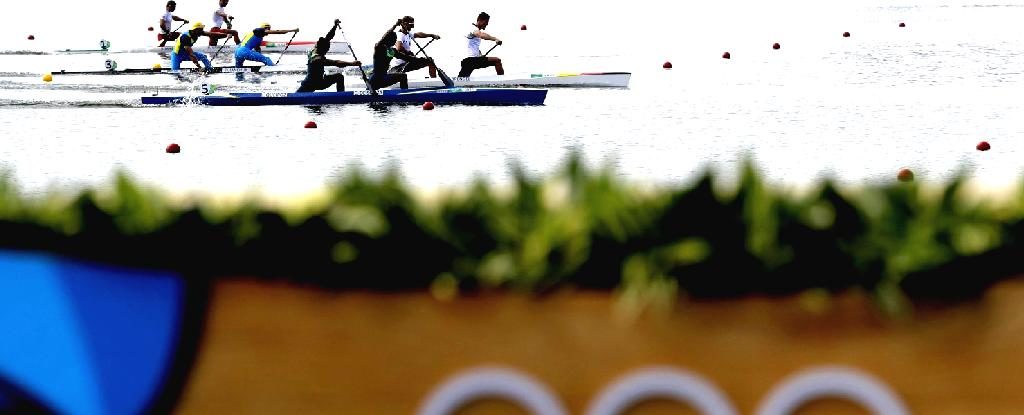RIO DE JANEIRO — Helicopters were up at daybreak spotting rubbish flows at the Olympic sailing venue, with boats below collecting the debris.
Dozens of barricades dammed up streams that flushed garbage into the bay. They caught waterlogged sofas, Styrofoam cups and deflated soccer balls.
A sewer pipe at Marina da Gloria stopped raw sewage from being pumped into the harbor where Olympic boats were moored.
Rio de Janeiro’s water remains filthy as the Olympics wrap up, even after a final push to clean up the water for the world’s largest sporting event. Fans were reminded by the stench from a lagoon contaminated with raw sewage that abuts the Olympic Park.
Long after the athletes and fans leave, the city will continue to struggle with water teeming with bacteria and viruses.
Rio organizers promised in their 2009 bid document that the Olympics would drive a cleanup of Rio’s waters, pledging to treat 80 percent of the waste. Estimates vary, but most suggest the area is still treating less than 50 percent of its sewage.
For two weeks, Olympic athletes competing in the water largely avoided falling ill by building immunity to pathogens, using preventive measures, or by trying to limit contact with the water in water-based sports.
An independent study by The Associated Press conducted at sites around the city over more than a year — including the sailing venue in Guanabara Bay and the rowing venue in Rodrigo de Freitas lagoon — showed dangerously high levels of contamination.
In over 16 months of testing leading up to the games, there was no decline in the very high bacterial and viral levels in the water, underscoring that the cosmetic measures authorities took to make venues appear cleaner ultimately didn’t reduce the risks.


